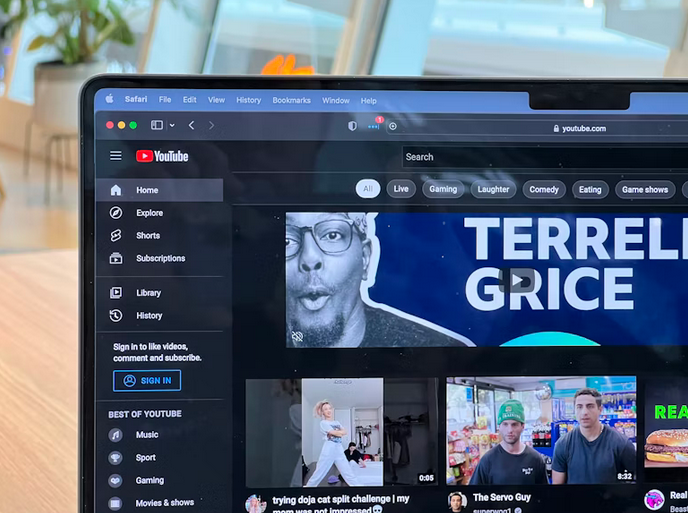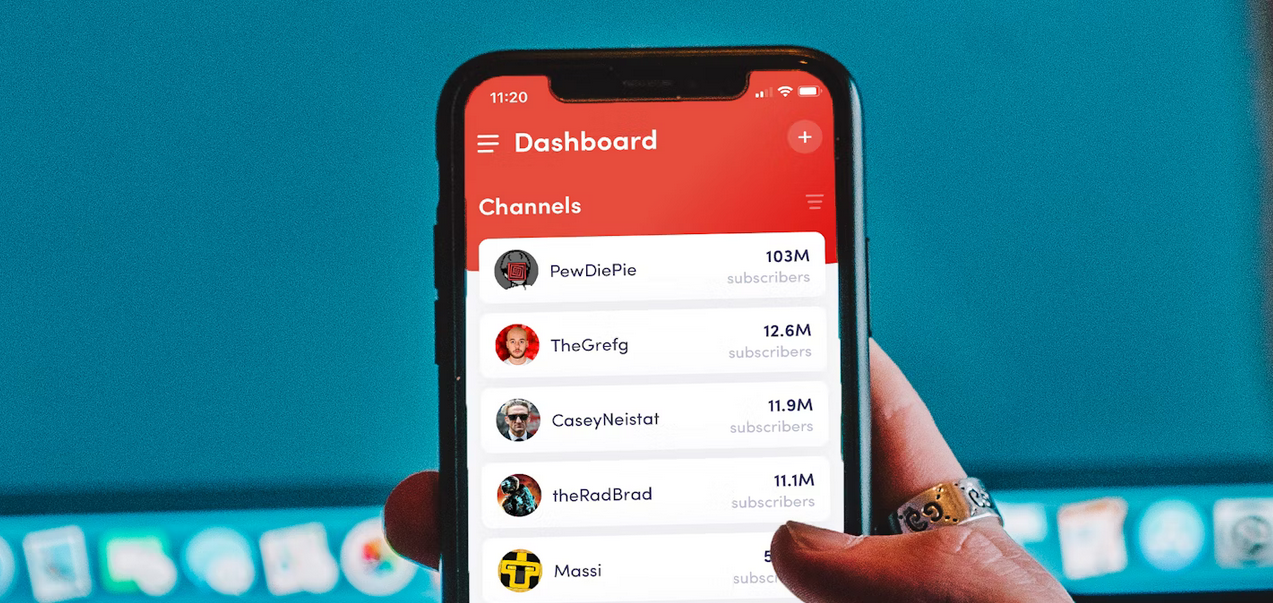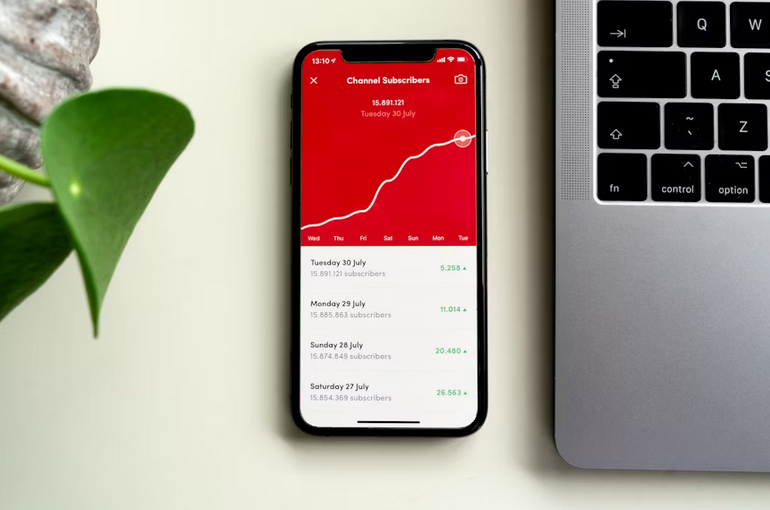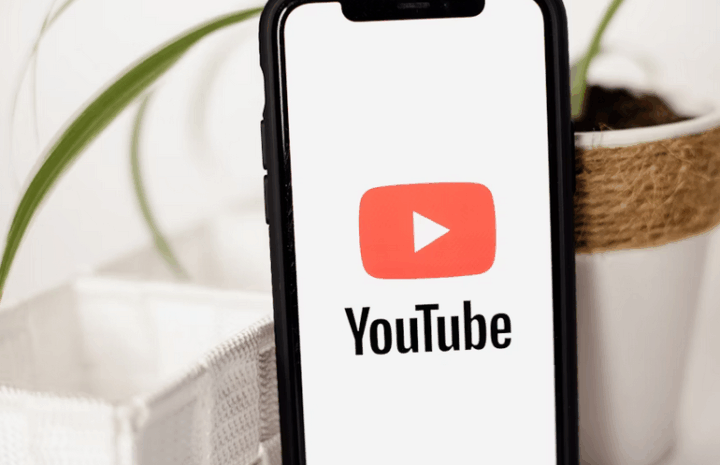YouTube has become one of the biggest stages for creators and businesses alike. With millions of videos uploaded daily, competition is fierce. The pressure to stand out often drives people toward shortcuts. Automated bots promise faster YouTube subscribers and inflated engagement. At first glance, it feels like progress. Yet beneath the surface, this growth lacks substance. Bots can simulate numbers, but they cannot build true communities.
What Bots Actually Do
Bots are programs designed to mimic user behavior. They subscribe, like, and comment on videos automatically. Some services market them as a way to boost visibility. The idea is simple: if numbers rise, credibility will follow. In reality, platforms quickly identify patterns of fake activity. Views from bots do not translate into meaningful watch time. Comments generated by scripts rarely make sense. Instead of helping, bots risk damaging a channel’s reputation and visibility.
Why Authenticity Matters

Real engagement comes from people who connect with content. When viewers take time to watch a video, leave thoughtful comments, or share it, the interaction has weight. YouTube’s algorithm recognizes this. It prioritizes videos that hold attention and inspire genuine activity. Authentic engagement is more than a metric. It reflects trust and interest. A channel filled with bots may look busy, but it lacks the spark that makes audiences return.
How to Build Real Growth
Growth takes patience, but it yields results of utmost importance. Consistency, creativity, and interaction drive success. Tools exist to help streamline the process without replacing authenticity. Scheduling software, analytics dashboards, and community management platforms support creators without faking activity. These resources save time and provide insight while keeping growth tied to real people. The difference is clear: technology should assist, not deceive. A unique voice paired with genuine engagement builds lasting success.
The Algorithm’s Perspective

YouTube relies heavily on its recommendation system. The algorithm studies watch time, audience retention, and interaction patterns. Bots cannot replicate this behavior convincingly. Their activity is often shallow and repetitive. Genuine viewers bring diversity in responses and viewing habits. This difference is significant. The algorithm rewards content that resonates with real people. Relying on bots may boost numbers briefly, but it undermines long-term visibility. Authenticity aligns with how the system is built.
The Human Connection
Successful creators know their audiences. They adapt based on feedback, trends, and community needs. Bots cannot provide this connection. They cannot tell you what resonates or why a video worked. Real engagement is a two-way exchange. Viewers respond, creators listen, and adjustments follow. This cycle builds loyalty over time. Authentic communities form when people feel valued and heard. Bots offer none of this. They fill space but leave no impact.
Risks of Automated Engagement

Beyond algorithmic issues, bots bring other dangers. Channels caught using fake engagement may face penalties, demonetization, or even termination. These risks outweigh any short-term benefit. Brands and sponsors also notice. Partnerships depend on credibility. If a channel appears inflated, trust erodes quickly. Audiences, too, sense when something feels artificial. Empty comment sections or low view-to-subscriber ratios raise questions. The cost of shortcuts often proves higher than the effort saved.
In the end, creators must decide whether they want inflated numbers or meaningful impact. Bots may look tempting, but they do not create sustainable growth. Authentic engagement ensures longevity and trust. Sponsors, algorithms, and audiences all value credibility. Real people cannot be replaced by scripts. Success on YouTube comes from authenticity, consistency, and connection. Shortcuts may boost numbers, but they will never build communities. The smarter path is clear: embrace real engagement and use technology responsibly to support it.

